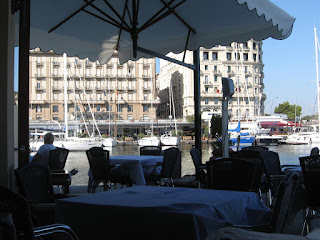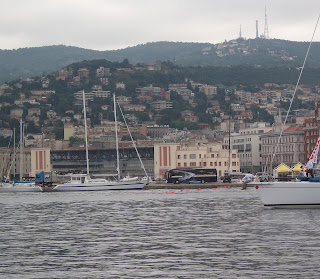Feasting on fish the night before Christmas
The day before Christmas, la Vigilia di Natale, is also referred to as ‘the feast of the seven fishes’ in Italy.
 |
| La Vigilia di Natale, captured in a painting from around 1905 |
It is a tradition that no meat is served on Christmas Eve, but families in many areas will follow the tradition of serving seven fish courses for the evening meal.
Afterwards, many people will go to midnight mass to celebrate the coming of Christ and, in Rome, some will head to St Peter’s Square.
Fish dishes regularly served at the beginning of the meal include baccalà (salt cod) and frutti di mare (shellfish). In Naples, a popular dish to start the meal is broccoli fried with frutti di mare.
For the pasta course, lasagne with anchovies is popular in the north, while vermicelli with clams (vongole) is often served in the south.'
There are traditionally seven different fish dishes, representing the seven sacraments, on the menu on Christmas Eve, but in some households there could be even more.
In some areas of southern Italy, in the midnight between 24 and 25 December it is customary for families to stage a procession, at home, led by a candle-bearer followed by the youngest family member carrying a figurine of the baby Jesus, with the rest of the family members following. This procession ends with the placing of the “baby” in the cradle of the family nativity scene.
Travel tip:
To eat the freshest fish in Venice, look for a restaurant in the area of Campo della Pescheria, where the city’s fish market is located. It is now a vibrant area with plenty of bars and restaurants. You could sample a small portion of baccalà in true Venetian style, standing up at the counter of one of the bars, washing it down with a glass of good, local Prosecco.
 |
| The Borgo Marinara area of Naples is renowned for seafood restaurants overlooking the harbour |
Travel tip:
In Naples, try some of the fresh fish on the menu at one of the restaurants in the Borgo Marinaro area of the city where you can eat looking out at the bay and at Vesuvius. All types of seafood, cod, whiting, swordfish and lobster are readily available and will be cooked for you with expertise.
Home









